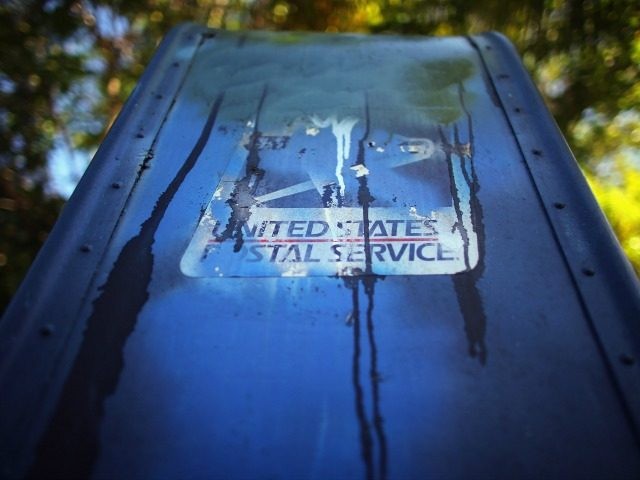We’re going on six years since the U.S. Postal Service has made any payments on the prefunding of retirement benefits required of it under the last round of reform legislation.
But rather than mandate it to catch up on its payments, Congress has hatched a plan to further shift costs for retirees’ health care to the general fund.
Since 1970, when Congress passed the Postal Reorganization Act, the Postal Service has operated as a quasi-government agency. Revenues are supposed to cover costs, and political interference on where post offices and other facilities are located is supposed to be removed from the process.
The Postal Service has monopoly power over delivery of first-class mail and access to Americans’ mailboxes, slots, etc. It uses these advantages and the tremendous delivery network and cost advantages of its unique “monopoly-plus” status – no property taxes, no vehicle taxes, income taxes payable only to itself, etc. – to compete with shipping and other businesses in what it calls its competitive lines.
As a quasi-independent entity, the Postal Service provides its own benefits for employees and retirees. Since these benefits are promised and taxpayers are the backstop for it if the Postal Service cannot meet its obligations, it’s only fair the Postal Service be required to prefund benefits.
But the Postal Service has not paid a dime into the fund for six years and is now tens of billions of dollars behind. And now it wants Congress to give permission for it to skip out on this obligation altogether. It would do this by herding its retirees into Medicare, which is not expected to be solvent beyond 2029 already.
A recent report from the Government Accountability Office found those covered only by Medicare averaged costing the system $8,100 per year on medical care. Those with Medicare and Medigap cost the system $15,600, and those with Medicare and employer wraparound coverage cost $14,400.
And in a new paper from The Heritage Foundation, health care expert Walton Francis explained why this would be a problem.
If retirees want to keep their doctors, insurance and choice through the Federal Employees Health Benefit Program, they would have to enroll in Medicare Part B under the House legislation. This will mean an extra premium for people on fixed incomes for insurance they don’t need and, if they live overseas, can’t use at all. They would get some relief early on from the usual $1,460 per year payment, but premiums would ramp up and total more than $15,000 over 10 years.
The legislation would increase healthcare payments for some retired workers, which is why the National Association of Retired Federal Employees opposes the legislation.
If the 93,000 postal annuitants are forced into Part B, Francis said, this would increase Medicare spending by about $130 million now and $1.5 billion over a 10-year period – again, for something the Postal Service gets for free that its competitors have to pay for. And who would make up this difference? Taxpayers and other federal retirees who would see their costs go up.
Postal employees account for a fifth of all federal employees and a fourth of current annuitants. Almost all retirees are enrolled in Medicare Part A hospital benefits, which, when doctors and drugs are counted, amounts to a $4,500 annual subsidy from Medicare to FEHBP plans.
As of now, retirees would not have to pay the 10 percent-per-year penalty for waiting beyond age 65 to enroll. They would be “deemed” to have enrolled so they would not lose their FEHBP coverage, but the Social Security Administration, Department of Health and Human Services or Office of Personnel Management would have to locate them and somehow sign them up for Part B.
This proposal would move postal workers into their own risk pool and out of the pool for all federal employees and annuitants. This is about a $700 million-per-year mistake, Francis wrote, because postal employees’ average costs per family are $1,700 a year higher than those of non-postal families because they are older and get sick more.
Francis suggests instead of moving postal retirees into Medicare, Congress should fix FEHBP. First, he says, quit subsidizing the purchase of the most expensive plans by ending cost-sharing of premiums and removing the pre-tax premium subsidy. Move toward a defined-contribution formula by, among other things, changing payment formulas, and address the way risk is absorbed.
More importantly, he said, the onus should be on fixing FEHBP, not requiring postal retirees to purchase additional insurance they do not need.
In other words, it’s up to the Postal Service to get out of businesses it doesn’t know how to run and to quit paying for its business mistakes by foisting retiree health costs on taxpayers and other annuitants.
And no amount of reform legislation this year is going to change that.

COMMENTS
Please let us know if you're having issues with commenting.